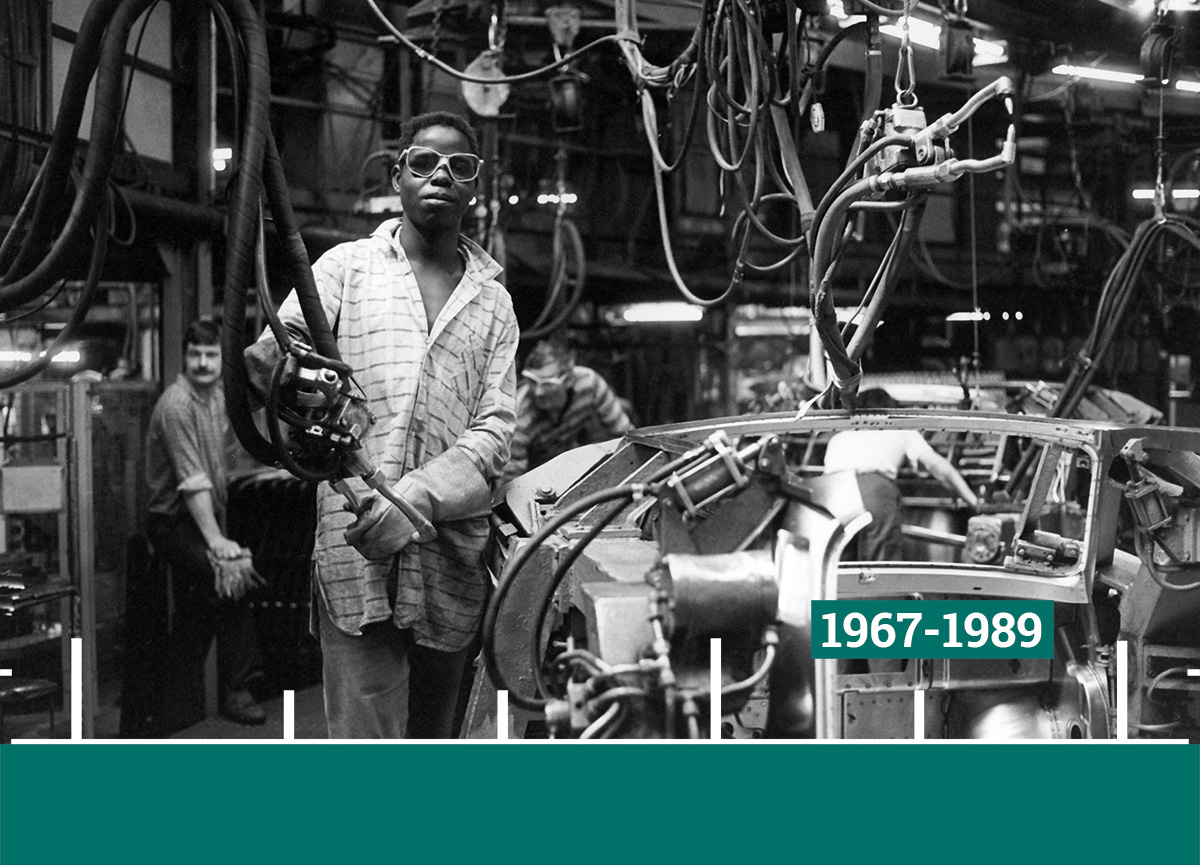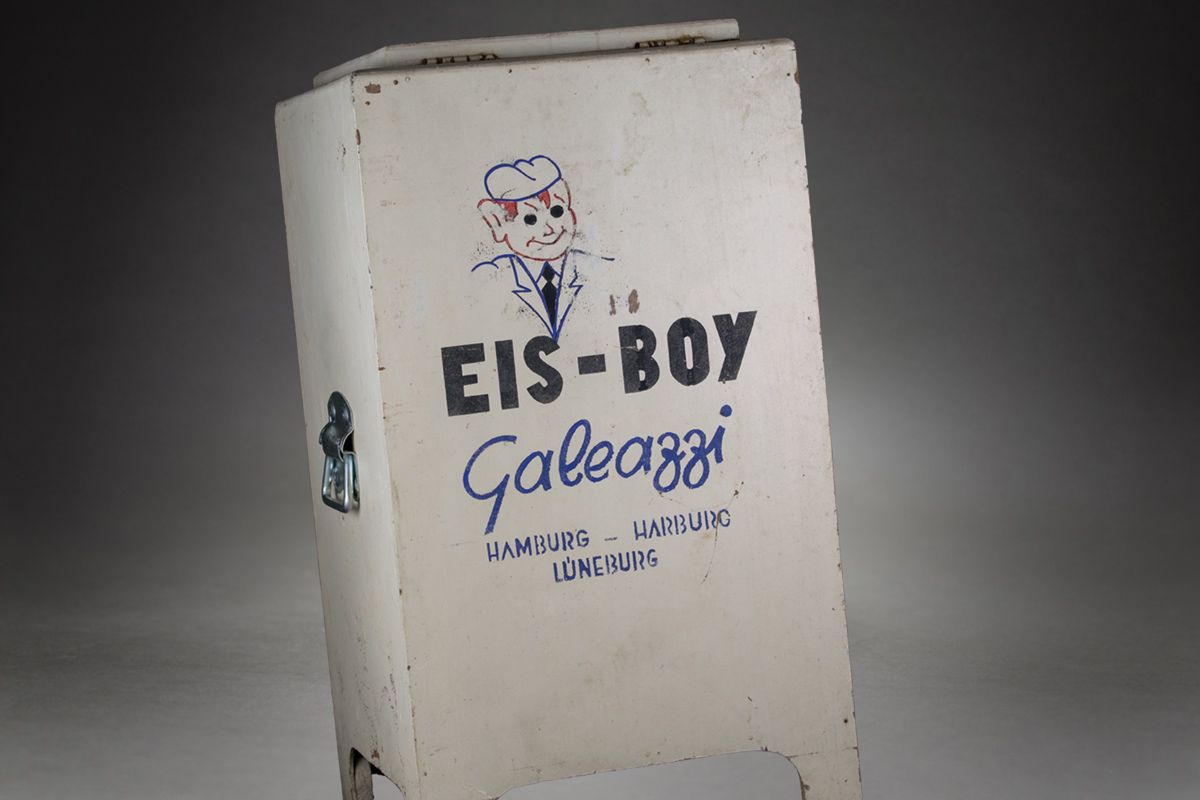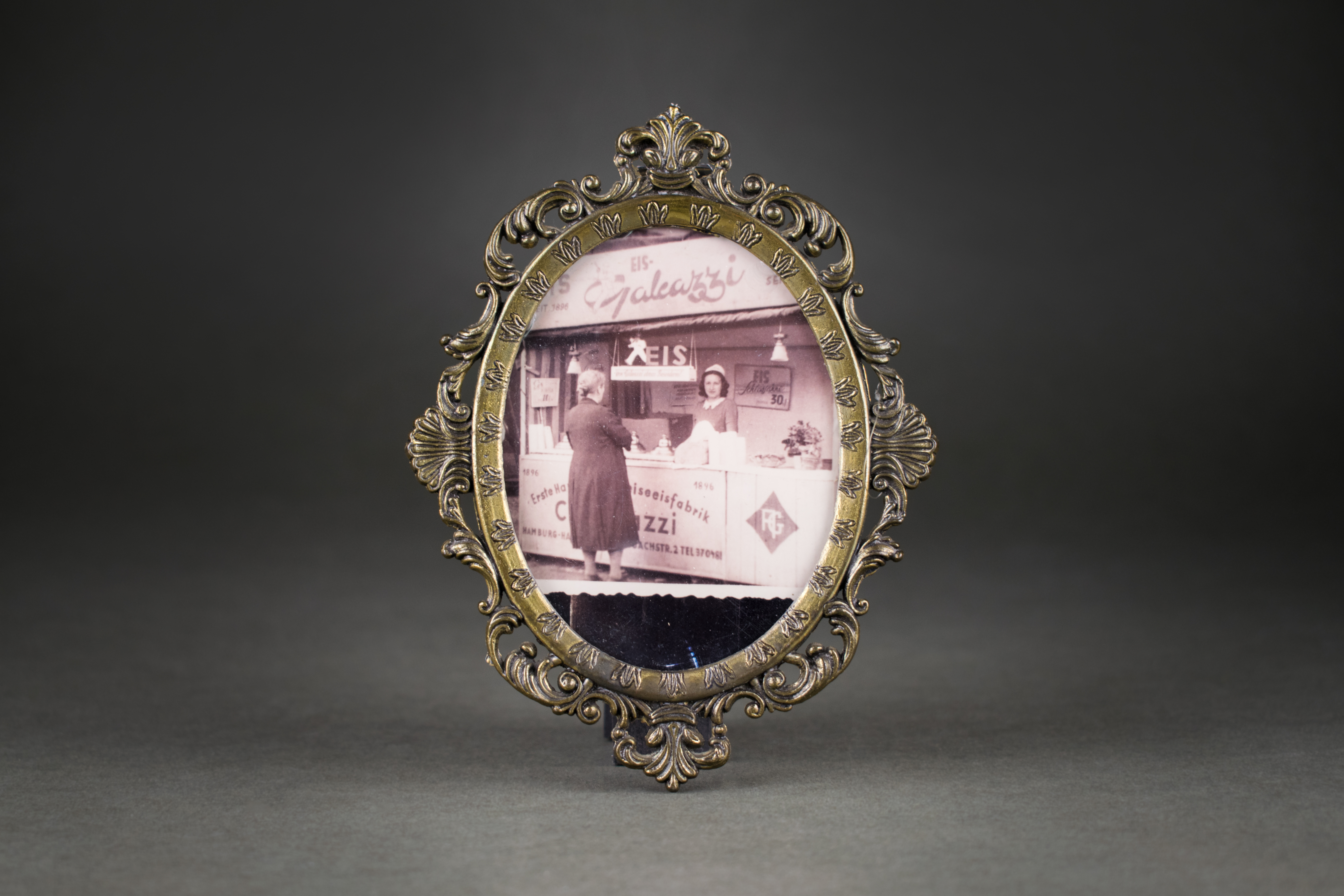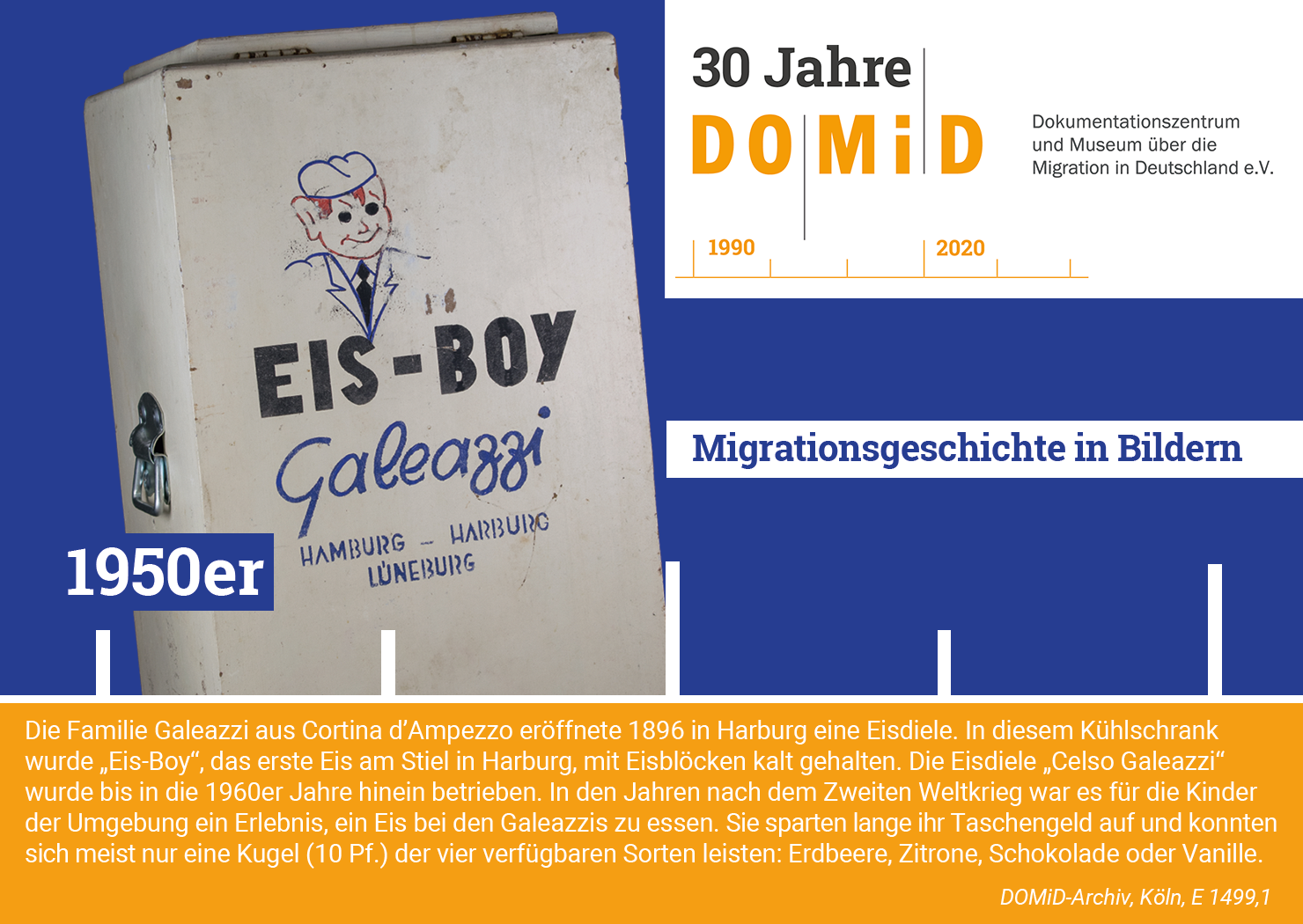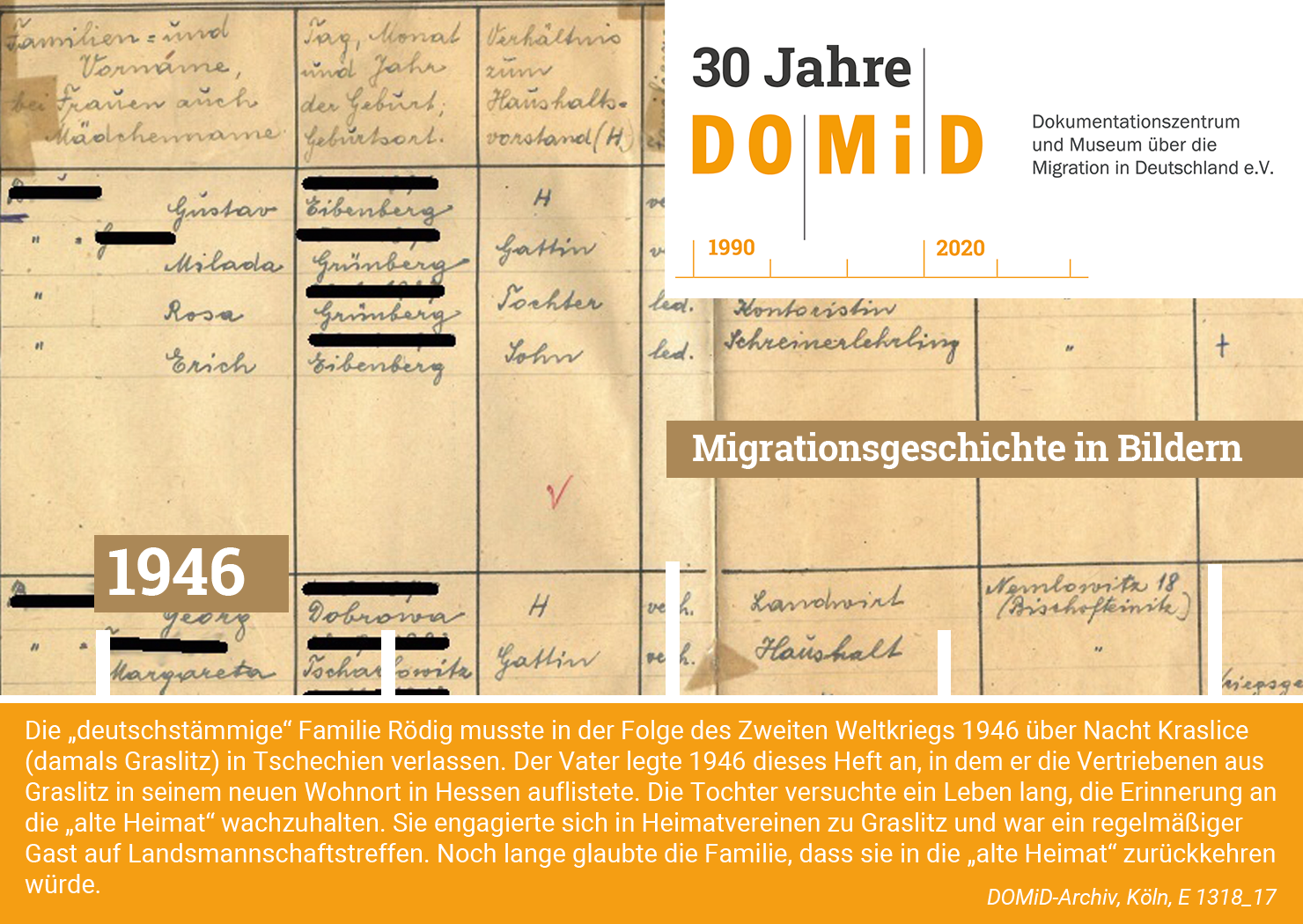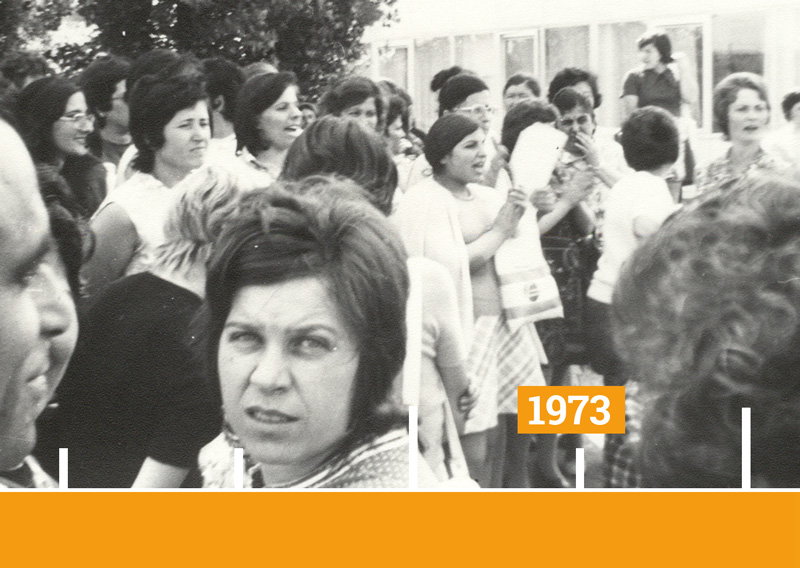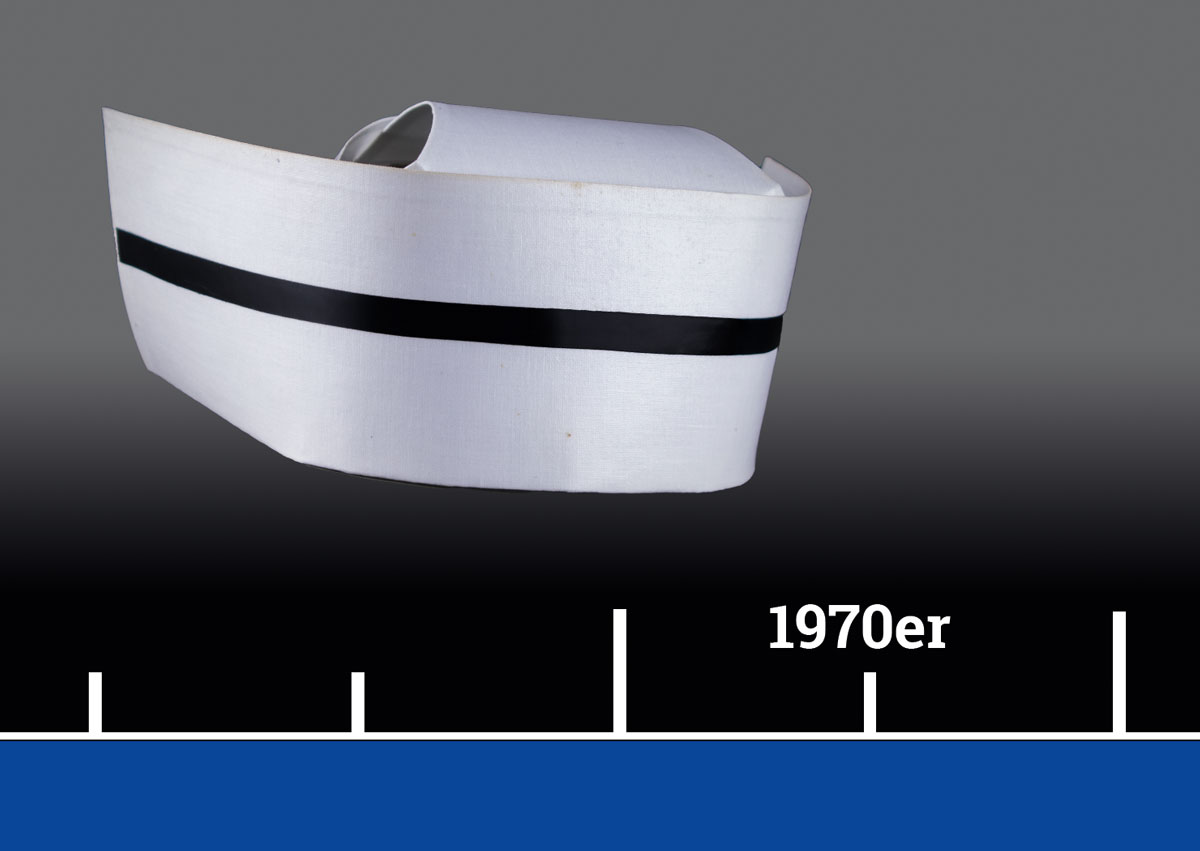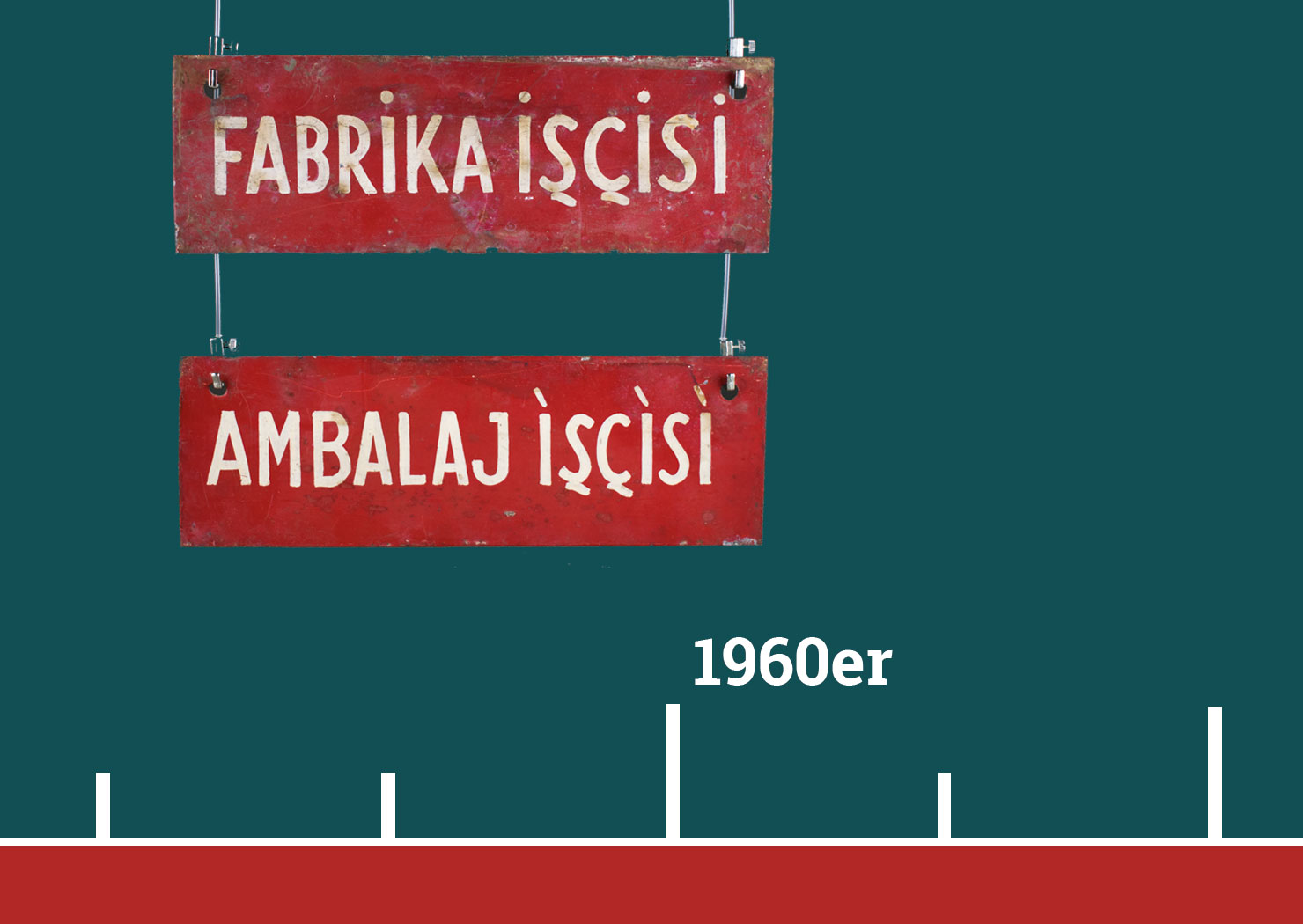The Galeazzi family settled in Germany in the 19th century from the Italian Dolomites. Even before the so-called German-Italian recruitment agreement of 1955, migration from Italy to Germany took place. Italian immigrants increasingly shaped the German street scene from the mid-1950s. Italian ice cream parlors set their tables on streets and squares and invited visitors to linger. A novelty in post-war Germany, which was characterized by a strict work ethic.
The historian Massimo Perinelli writes: “This created an outcry and bitter hostility. Nevertheless, the image of the eternal siesta in the south gradually became established in the FRG. What we now take for granted under the term latte macchiato culture, and which was not a matter of course in the 1990s, was a scandal at the time. (…) The ice cream parlors finally succeeded in conquering public space and challenged the work discourse. ”
